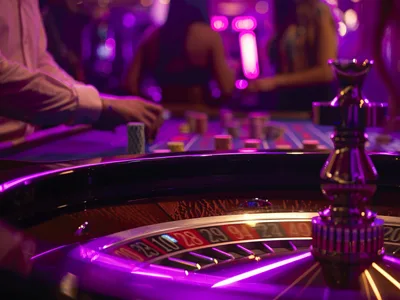Players should understand how variables in Lightning Roulette impact the odds
Lightning Roulette adds a thrilling twist to the traditional game of roulette by mixing in random multipliers, but that excitement comes with a cost that many players may not notice right away: the house edge. Understanding how the house edge works in Lightning Roulette can help players make smarter decisions at the table.
In a standard European roulette game, there are 37 pockets (numbers 1 through 36 and a single zero), which gives the house an edge of 2.70%. That means, on average, the casino keeps $2.70 for every $100 wagered. In Lightning Roulette, the structure changes slightly because of the game’s multipliers.
What makes Lightning Roulette unique are the “lightning numbers” selected randomly with each spin. Between one and five numbers are chosen at random, and if one of those is the winning number, a multiplier of 50x to 500x is applied to a straight-up win.
It sounds great, but there’s a trade-off. Straight-up bets—bets on a single number—normally pay 35 to 1. In Lightning Roulette, that payout drops to 29 to 1 if your number hits but wasn’t one of the lightning numbers.
This change significantly impacts the math behind the game. While those lightning multipliers can deliver big wins, they don’t appear often enough to completely make up for the reduced standard payout. The adjusted odds increase the house edge on straight-up bets to about 3.58%, which is notably higher than traditional European roulette.
The rest of the betting options—such as red/black, odd/even, or dozens—retain their original payouts and house edge, since the lightning feature only affects straight-up bets. For players, this means that Lightning Roulette might be more exciting, but it’s slightly less favorable if you’re chasing consistency or minimizing losses over time.

